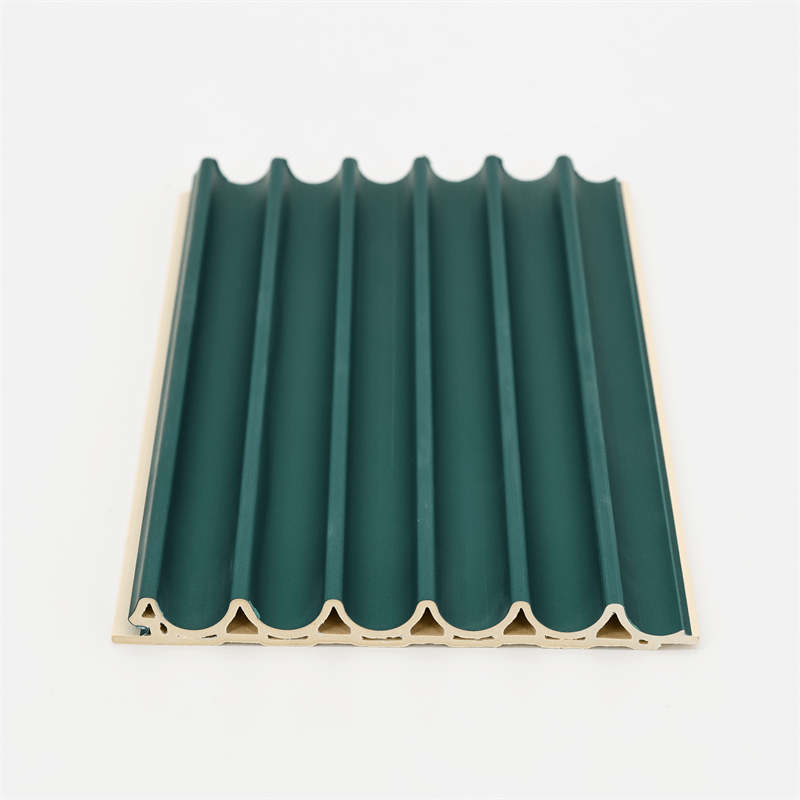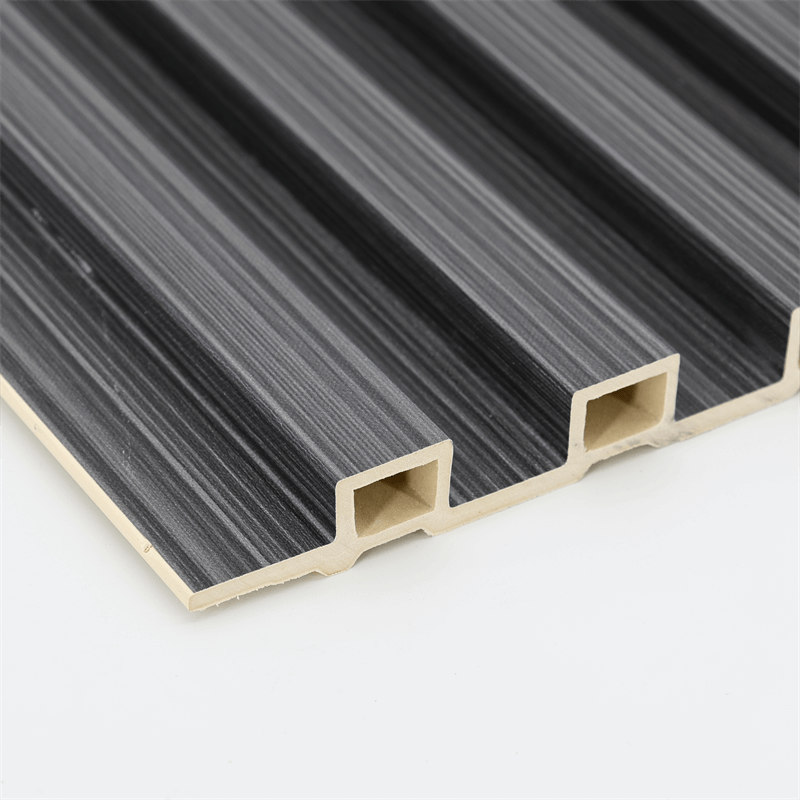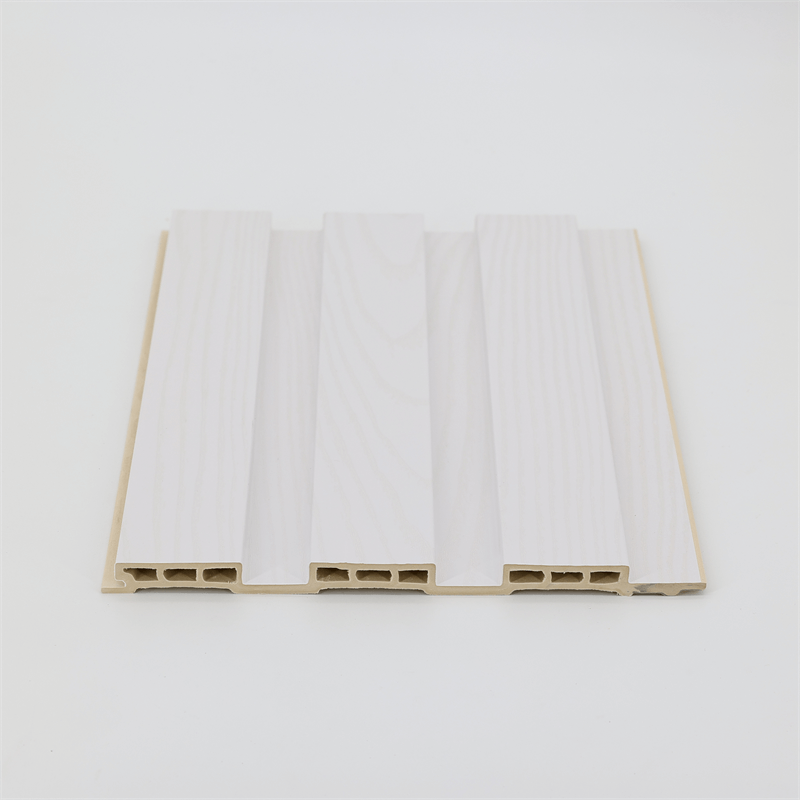Wood Plastic Composite (WPC) wall panels have gained significant popularity in the construction industry due to their durability, versatility, and eco-friendly characteristics.
As technology continues to advance, the future of WPC wall panels looks promising, with exciting innovations and emerging trends shaping the industry.
In this essay, we will explore the future of WPC wall panels, focusing on key innovations and trends that are likely to revolutionize the construction sector.
We will discuss advancements in material science, sustainable practices, design versatility, smart integration, and the potential impact they will have on the industry.
I. Advanced Materials: Pushing the Boundaries
A. Nanotechnology Integration One of the key areas of innovation in WPC wall panels is the integration of nanotechnology.
Nanoparticles can be incorporated into the composite matrix to enhance performance and durability.
These nanoparticles can reinforce the material, improving properties such as strength, fire resistance, and resistance to UV radiation and moisture.
Additionally, nanotechnology can contribute to self-cleaning and antimicrobial properties, ensuring cleaner and healthier environments.
B. Bio-based and Recycled Materials Sustainability is becoming a top priority in construction, and the future of WPC wall panels lies in the increased utilization of bio-based and recycled materials.
Advancements in material science allow for the development of panels made from renewable sources, such as agricultural waste or cellulose fibers.
Furthermore, the integration of recycled plastic reduces dependence on virgin materials and promotes circular economy practices.
II. Sustainable Practices: Building Greener
A. Carbon Neutral Manufacturing In the future, manufacturers will focus on achieving carbon neutrality throughout the production process.
This involves reducing carbon emissions and implementing strategies for offsetting any remaining emissions.
Carbon-neutral manufacturing aligns with the growing demand for environmentally friendly products and helps in reducing the overall carbon footprint of construction projects.
B. Life Cycle Assessment and Environmental Certification Life cycle assessment (LCA) is an essential tool for evaluating the environmental impact of building materials.
In the future, WPC wall panel manufacturers will conduct comprehensive LCAs to understand the cradle-to-grave environmental impact of their products.
This will enable them to make informed decisions and optimize their manufacturing processes to minimize environmental harm.
Furthermore, obtaining environmental certifications will demonstrate the commitment of manufacturers to sustainability.
III. Design Versatility: Meeting Diverse Aesthetic Demands
A. Enhanced Textures and Finishes Advancements in technology will continue to expand the design possibilities for WPC wall panels.
Innovations in surface textures and finishes will enable the replication of various natural materials, including wood, stone, and metal.
This versatility allows architects and designers to achieve a wide range of aesthetic effects, catering to diverse project requirements and design preferences.
B. Customization and Personalization The future of WPC wall panels lies in customization and personalization.
Manufacturers will develop technologies that allow customers to personalize their panels with unique patterns, colors, and textures.
This customization will enable architects and designers to create truly bespoke designs, adding a distinct touch to each project.
IV. Smart Integration: Building Intelligent Spaces
A. Integration of Smart Technologies As the world becomes increasingly interconnected, the integration of smart technologies in WPC wall panels is an emerging trend.
This includes incorporating features like embedded sensors, lighting systems, and connectivity for smart home automation.
Smart integration enhances the functionality and convenience of spaces while providing energy efficiency and control.
B. Data-Driven Design and Analysis The future of WPC wall panels will involve data-driven design and analysis.
Through the use of sensors and data collection systems, manufacturers and designers can gather information about performance, environmental conditions, and user behavior.
This data can then be analyzed to optimize designs, improve product performance, and enhance user experiences.
The future of WPC wall panels is driven by technological advancements, sustainable practices, design versatility, and smart integration.
As the construction industry continues to evolve, these innovations and trends will reshape the way we build, design, and experience our built environments.
By embracing these advancements, professionals can create greener, more efficient, and technologically advanced spaces.
The future of WPC wall panels is bright, and it holds the potential to transform the construction industry, offering improved performance, aesthetics, and sustainability.
It is an exciting time for the industry, and those who adapt and innovate will lead the way into a future where WPC wall panels play a vital role in shaping our built environment.

In conclusion, the future of WPC wall panels is promising, with numerous innovations and trends on the horizon.
Advanced materials like nanotechnology integration and the use of bio-based and recycled materials will push the boundaries of performance, sustainability, and durability.
Sustainable practices, such as carbon-neutral manufacturing and life cycle assessment, will prioritize environmental responsibility and minimize the carbon footprint of WPC wall panels.
Design versatility will continue to expand with enhanced textures, finishes, and customization options, allowing for unique and personalized aesthetics.
Smart integration will bring intelligence and connectivity to spaces, enabling the integration of smart technologies and data-driven design and analysis.
As the construction industry embraces these advancements, WPC wall panels will play a vital role in creating greener, more efficient, and technologically advanced spaces.
The future holds exciting possibilities for architects, designers, manufacturers, and homeowners alike.
By staying at the forefront of innovation and embracing these trends, the industry can drive positive change and shape a future where WPC wall panels are integral to sustainable and intelligent construction practices.
As we move forward, it is essential to prioritize collaboration, research, and development to unlock the full potential of WPC wall panels.
By continuously exploring new materials, refining manufacturing processes, and embracing technological advancements, we can ensure that WPC wall panels continue to evolve and meet the evolving needs of the construction industry and its stakeholders.
In conclusion, the future of WPC wall panels is bright and holds immense potential for transforming the construction landscape.
With their combination of durability, sustainability, design versatility, and smart integration, WPC wall panels will continue to be a valuable solution for creating modern, efficient, and aesthetically pleasing spaces.
By embracing innovation and staying ahead of emerging trends, the industry can leverage the full benefits of WPC wall panels and contribute to a more sustainable and technologically advanced built environment.
The future is promising, and it is an exciting time for the construction industry as it embraces the evolving possibilities of WPC wall panels.


